
Navigating the Different Classes of E-Bikes: An In-Depth Guide
Introduction
Electric bikes are changing the way we travel. Understanding the different classes of e-bikes is important for all riders. Today, we explore the three main categories: Class 1, Class 2, and Class 3. These classes are based on how the motor works and their top speeds. Each class suits different terrains, rider needs, and legal regulations.
This guide will:
-
Define each e-bike class
-
Compare their specs, performance, and ideal use
-
Explain throttle vs. pedal-assist systems
-
Discuss laws and real-world examples
-
Help you decide which class fits your lifestyle
Overview of E-Bike Classes
What Defines an E-Bike Class?
All e-bike classes follow rules related to motor assistance and speed limits:
-
Motor Power: Most use motors up to 750 watts.
-
Assist Type: Some are pedal-assist only, others include a throttle.
-
Speed Limits: Class 1 and 2 are capped at 20 mph; Class 3 goes up to 28 mph.
Manufacturers design bikes based on these classifications to meet state and national laws.
Class-by-Class Breakdown
Class 1
-
Pedal-assist only (no throttle)
-
Motor helps only when you pedal
-
Max assisted speed: 20 mph
-
Ideal for trails, parks, and areas where regular bikes are allowed
Class 2
-
Pedal-assist + throttle
-
Can move without pedaling
-
Max assisted speed: 20 mph
-
Great for city commuting and ease of use in stop-and-go traffic
Class 3
-
Pedal-assist only (no throttle)
-
Max assisted speed: 28 mph
-
Best for long-distance commuting and road use
-
Often includes extra safety gear like speedometers
In-Depth Analysis of Key Differences
Performance & Technical Specifications
-
Motor Usage:
-
Class 1 and 3: motor only assists when pedaling (energy-efficient)
-
Class 2: throttle can drain battery faster
-
-
Efficiency:
-
Class 1 and 3 go 10–15% farther than Class 2 bikes in tests
-
-
Speed Limit Impacts:
-
Higher speeds (Class 3) = more wind resistance = more energy used
-
Real-World Usability
-
Class 1: Natural bike-like feel, good for leisure riders
-
Class 2: Convenient in city traffic, minimal effort needed
-
Class 3: Designed for higher speeds and open roads, ideal for longer commutes

Legal Considerations
State Regulations
-
Class 1: Allowed on most bike paths and trails
-
Class 2: Similar access, but sometimes restricted due to throttle
-
Class 3: Often banned from trails or shared-use paths
Check local laws and age restrictions. Some areas require helmets or licenses for Class 3 bikes.
Regulatory Comparison Table
| Feature | Class 1 | Class 2 | Class 3 |
|---|---|---|---|
| Top Speed | 20 mph | 20 mph | 28 mph |
| Throttle | No | Yes | No |
| Where Allowed | Trails, Bike Lanes | City Roads, Bike Lanes | Roads Only (limited trail access) |
How to Choose the Right Class
Determine Your Riding Needs
Ask yourself:
-
How far is your average ride?
-
Do you ride on hills or flat terrain?
-
Do you want a workout or easy cruising?
-
Do local laws restrict e-bike classes?
-
Is throttle control important to you?
| Scenario | Best Class |
| Short urban commutes | Class 2 |
| Recreational park rides | Class 1 |
| High-speed commuting | Class 3 |
Budget and Availability
-
Class 1: Affordable, basic features
-
Class 2: Slightly higher price for throttle
-
Class 3: Premium features and higher cost
Future-proof your purchase by checking:
-
Upgrade compatibility
-
Warranty and support
-
Component quality
Future Trends and Innovations
Technology Advancements
-
Smarter battery systems with 20–30% more range
-
Lighter materials for better energy efficiency
-
Modular parts for easy upgrades
-
Real-time app integrations and ride customization
Changing Laws
-
Some states may revise speed limits and access rules
-
Mixed-mode classifications may emerge (e.g., adjustable top speeds)
-
Policymakers aim to balance safety and innovation
Conclusion
Understanding the differences between Class 1, Class 2, and Class 3 e-bikes helps riders make smart, legal, and performance-based decisions. Whether you ride for fun, commute, or fitness, there's a class designed for you.
Pick a class that fits your daily route, comfort level, and legal environment. As tech and laws evolve, staying informed ensures safer and more enjoyable rides.
FAQs
Q1: What are the main differences between e-bike classes?
-
Class 1: Pedal-assist up to 20mph
-
Class 2: Pedal-assist + throttle up to 20mph
-
Class 3: Pedal-assist up to 28mph
Q2: Which class is legal on bike paths?
-
Class 1 and Class 2 are generally allowed; Class 3 often has restrictions
Q3: What's the maximum motor power in the US?
-
All classes are typically limited to 750 watts
Q4: Which class is best for commuting?
-
Class 3 for long commutes; Class 1 or 2 for short city rides
Q5: Do all classes require pedaling?
-
Class 1 and 3: Yes
-
Class 2: No, throttle allows riding without pedaling



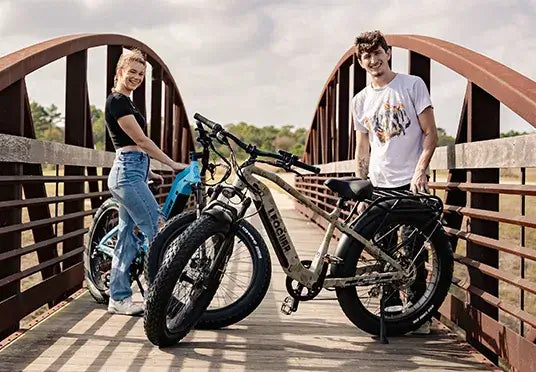
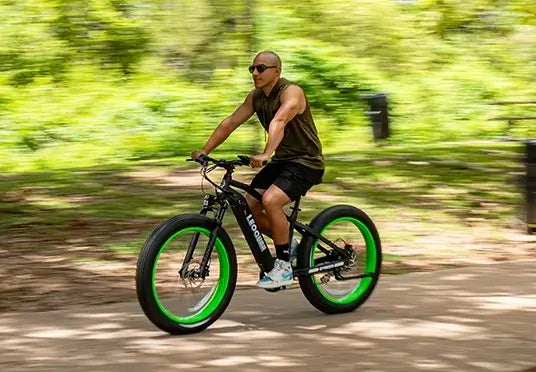
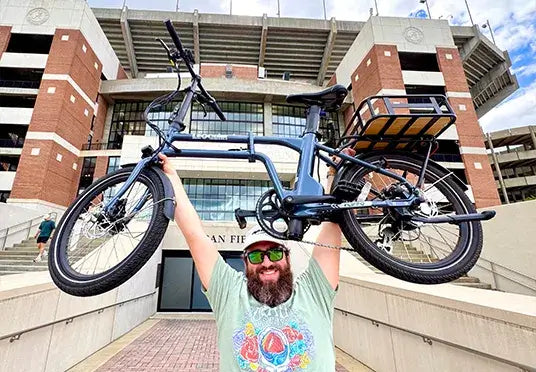
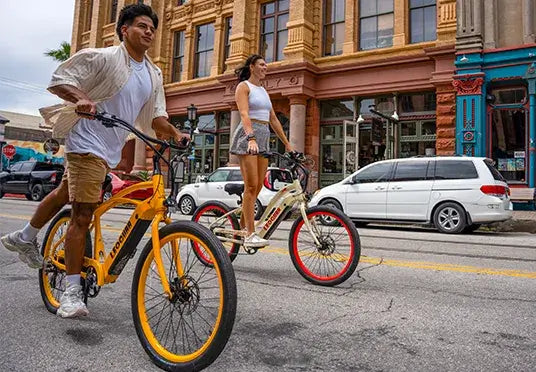
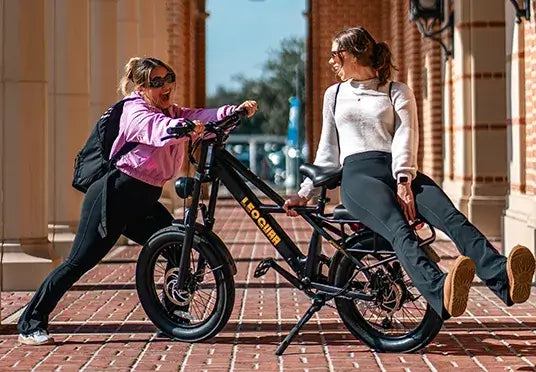
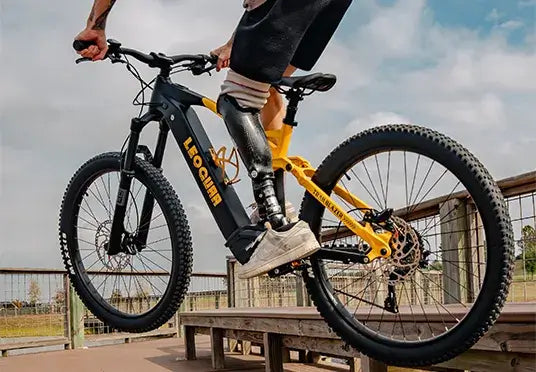

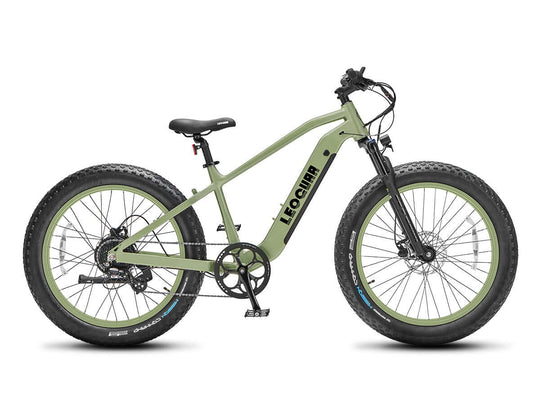
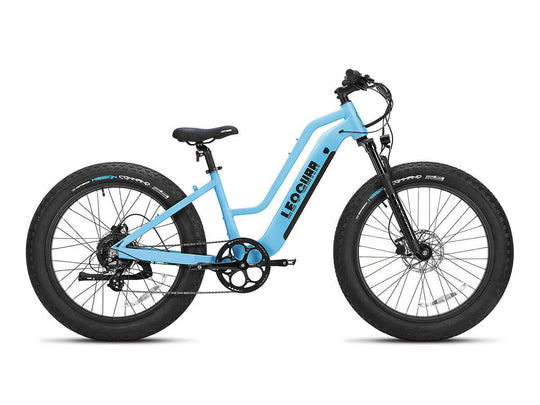
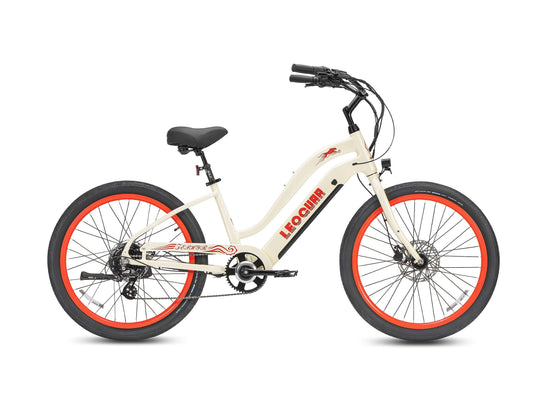
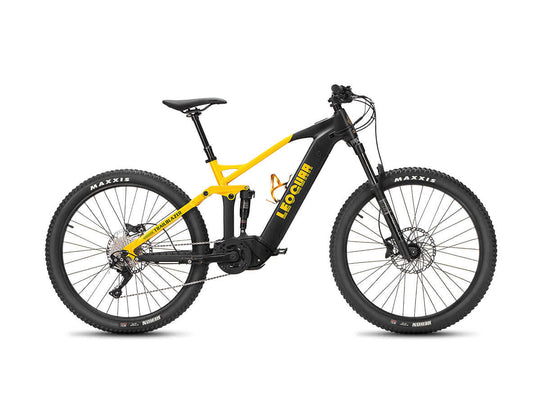
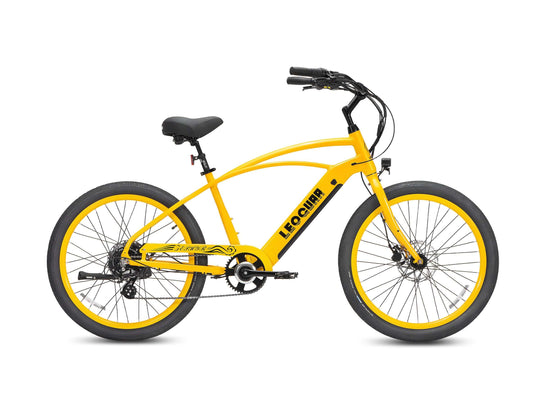
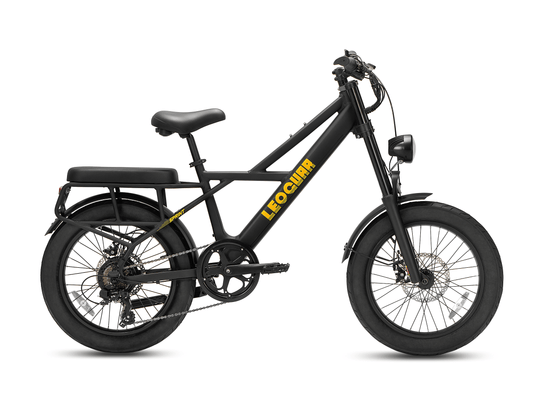

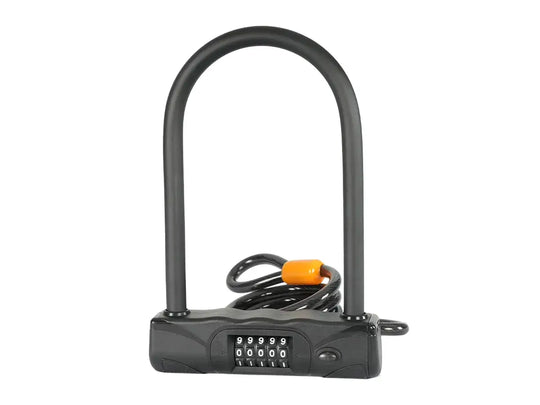
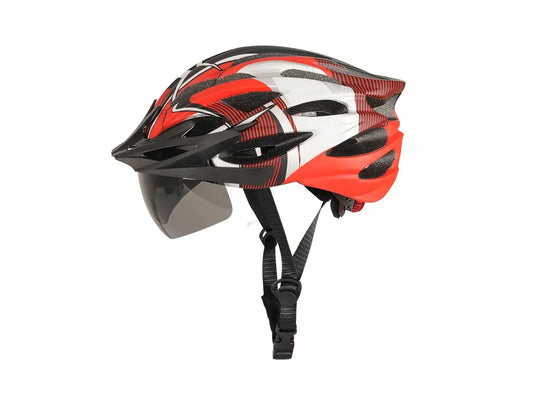
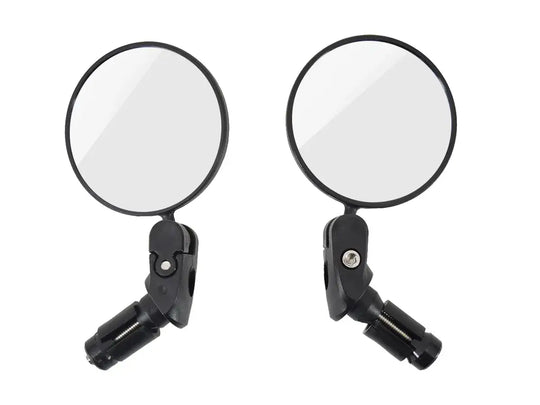

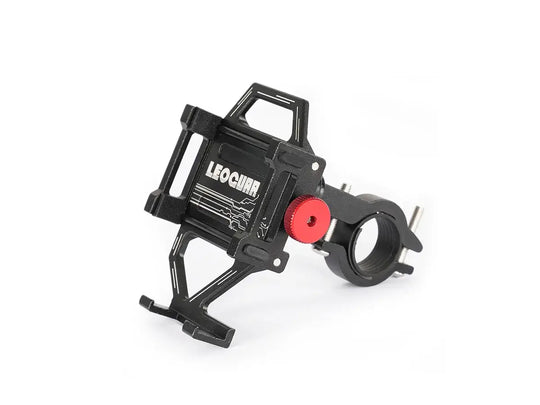
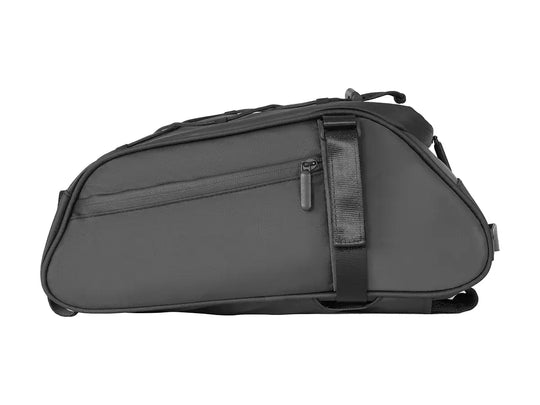
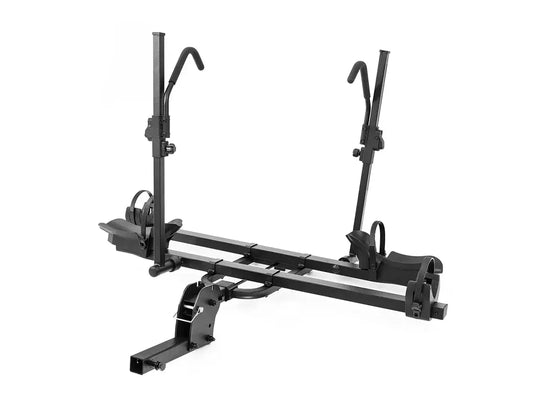
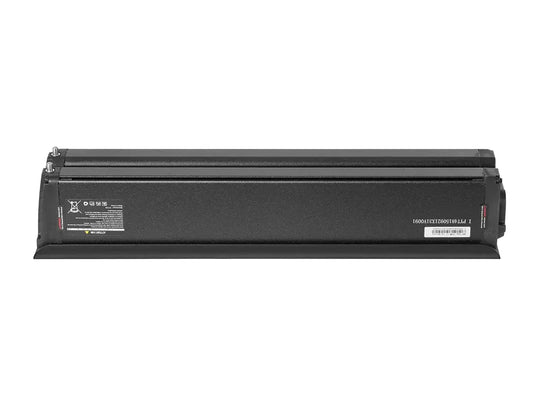
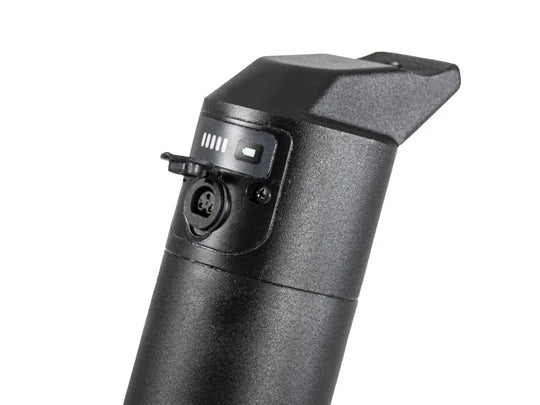
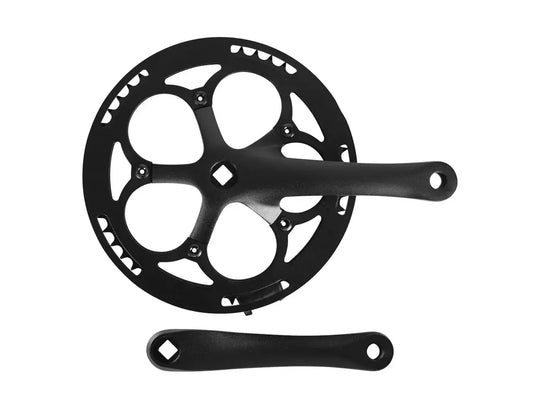
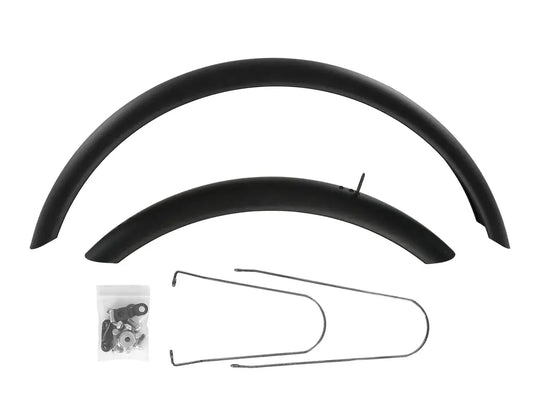
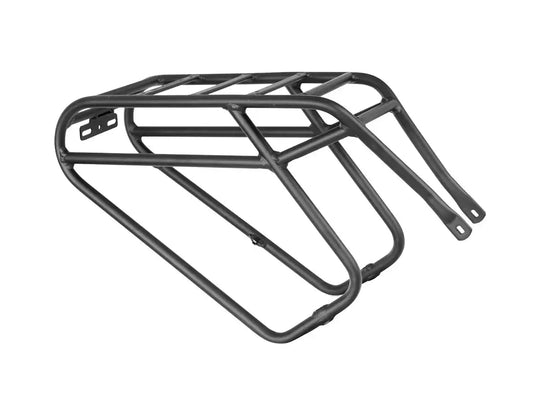
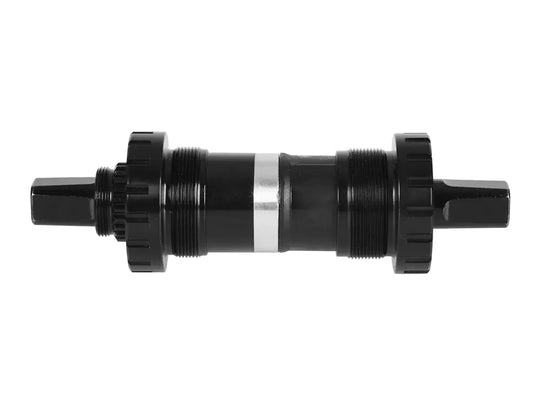
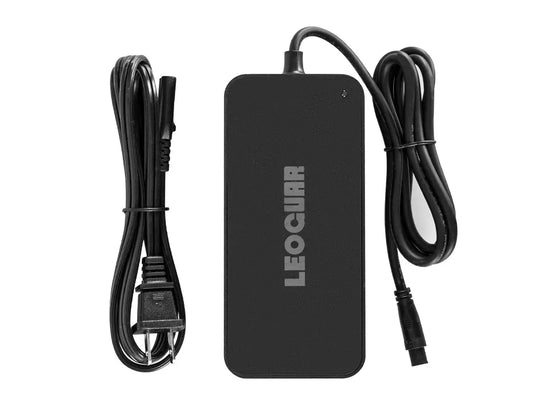
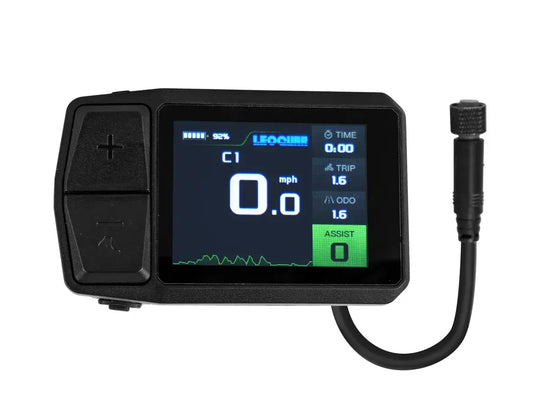
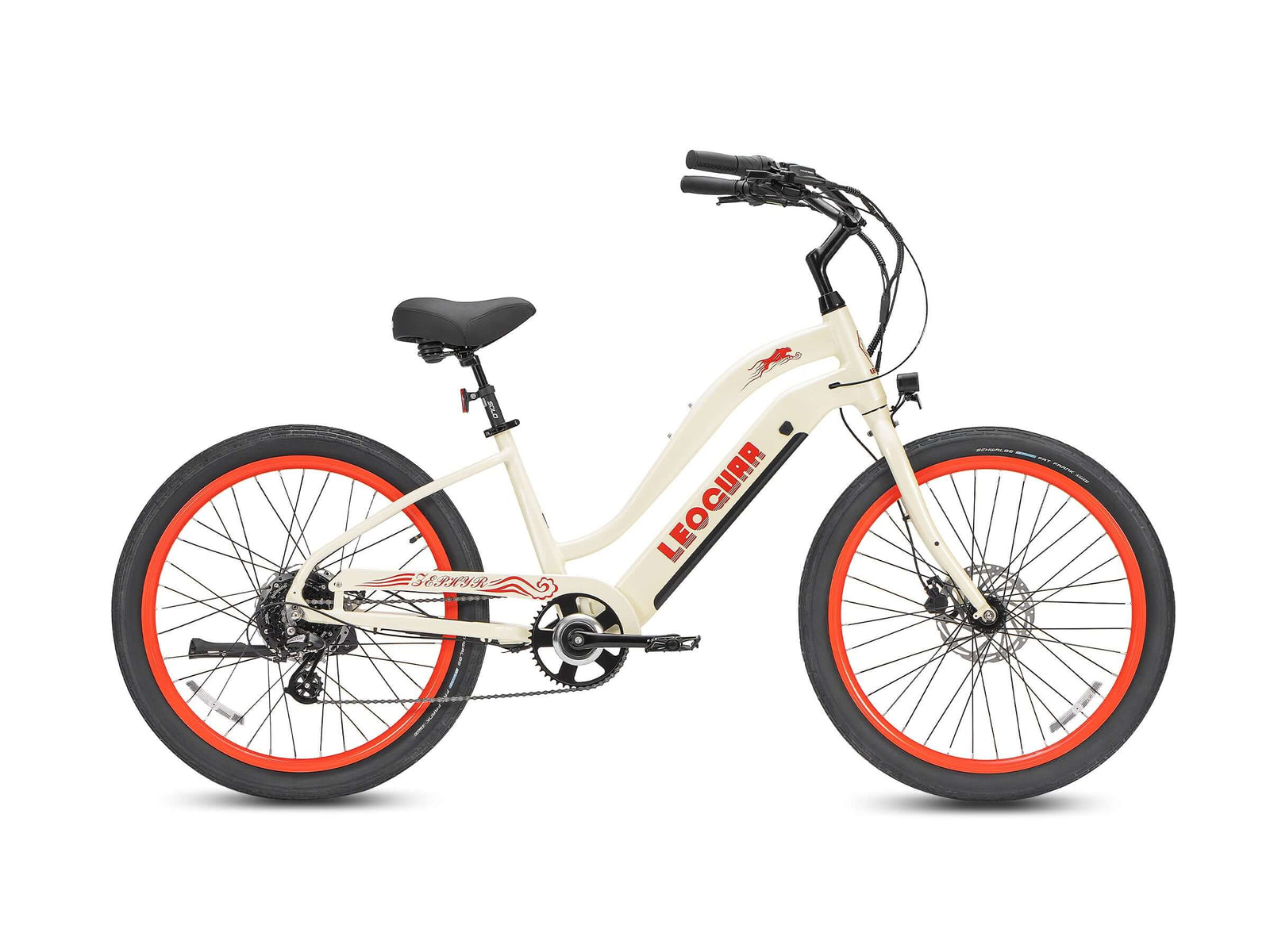








Leave a comment